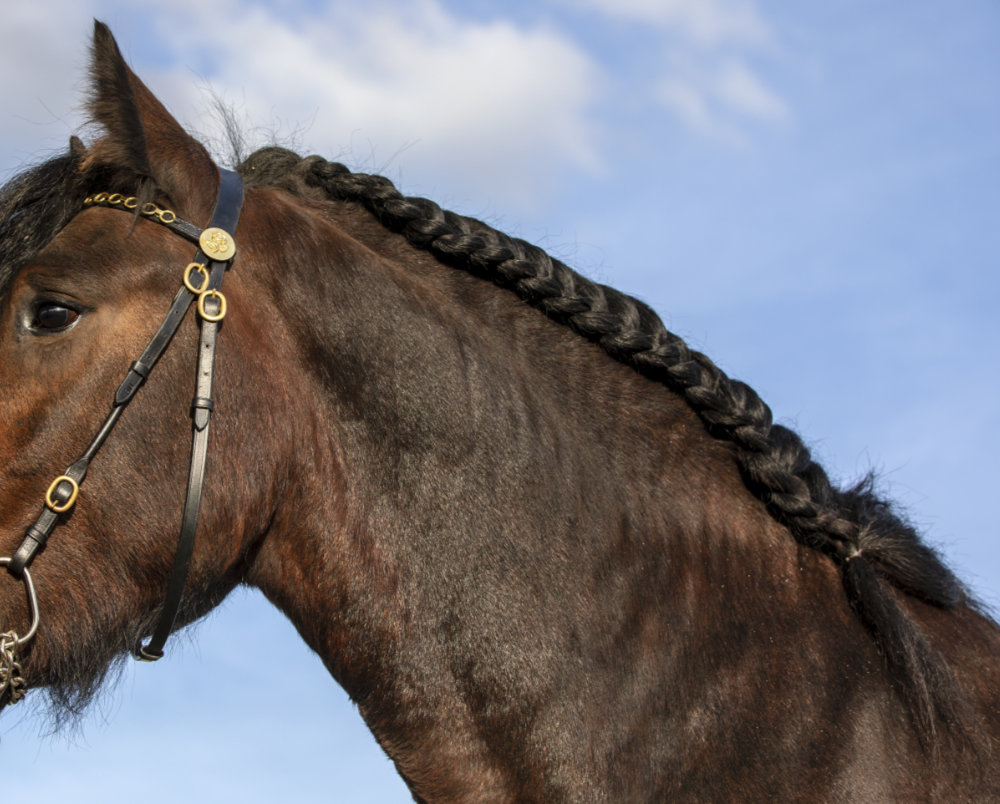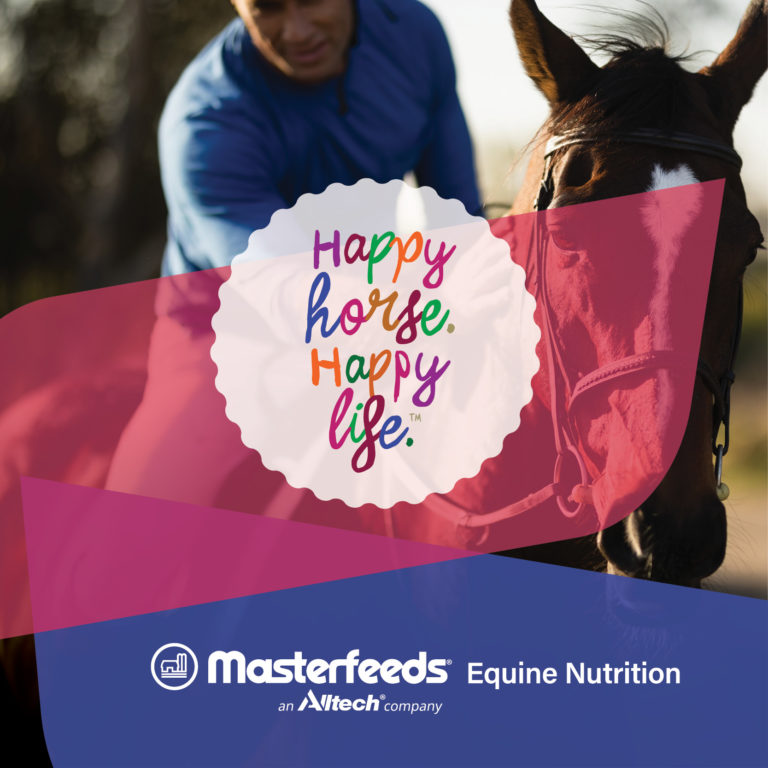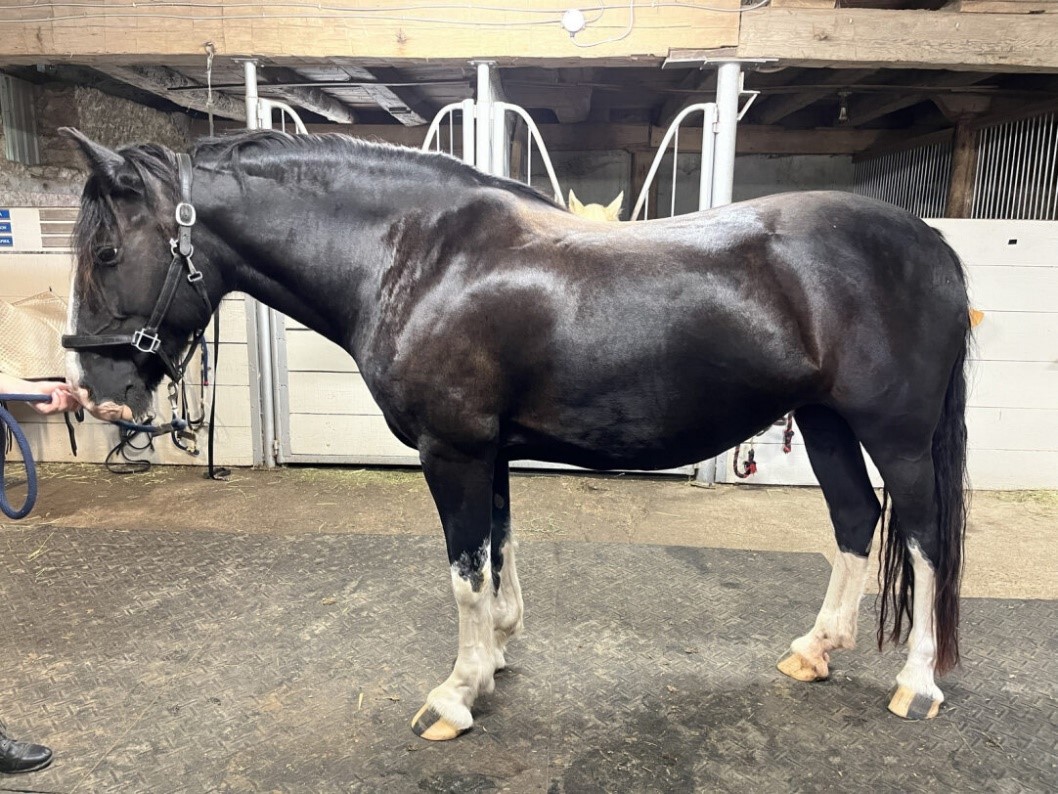Body Condition Score How-to
Review this step-by-step video on how to body condition score a horse!
Equine Guelph has developed a quick 60-second video to show you which areas of the horse to look at when body condition scoring.
Additional assessment methods
Calculating a horse’s body weight can help you with monitoring the horse’s health and with calculating how much forage and other feed they should be receiving. Learn how with this video!
Topline Scoring
Topline Scoring is another method that can be used to assess a horse. While body condition scoring evaluates the horse’s fat, topline scoring evaluates the horse’s muscle. This means that a horse could be at an ideal body condition score, but still not have the muscle required for optimum health and performance. This often indicates a problem with the quality and/or quantity of protein in the horse’s diet. Take a look at the description of topline scoring that is outlined below and learn more by reading this Equine Guelph article.
| Grade | Description |
|---|---|
| A | The horse has ‘ideal muscle development’. The back, loin and croup are full and well rounded. The topline muscles are well developed and blend smoothly into his ribs. The horse should be able to perform work requiring the use of all of these muscles. |
| B | The ‘back area is concave’ (sunken) between the vertebrae and the top of the ribs: 1. You may have trouble fitting this horse with a saddle.2. The muscle atrophy in this area may cause back soreness when worked.3. Soreness can negatively impact their attitude and performance.4. The loin muscles are well developed and are the same height as the spinal processes, i.e. you cannot see or palpate the spinal processes. |
| C | The ‘back and loin areas are both concave’ (sunken) between the vertebrae and the ribs: 1. The ‘spinal processes’ in the loin area are higher than the muscles beside them and can easily be seen and palpated. 2. The atrophied muscles in the back and loin areas weaken the horse. 3. The length of time they are able to work and perform will be compromised, causing them to tire easily. 4. Muscling over the croup and hindquarters are well developed and rounded. |
| D | All three areas of the topline, including the back, loin and croup areas are concave (sunken): 1. The croup appears pointed at the top since the vertebrae and hip bones are higher than the muscles in-between them.2. In severely affected horses, the width of their stifle is narrower than the width of their point of hip.3. This horse will lack the strength and stamina to perform and the muscle atrophy will cause discomfort when worked. |
Cresty Neck Scoring
Cresty Neck Scoring can also be used to evaluate horses. It evaluates the amount of fat on the neck of a horse and can be as an indicator of whether the horse is overweight and/or at risk of metabolic disease.

A description of the cresty neck scoring system can be found below and comes from the 2009 study by Carter et al.
| Score | Description |
|---|---|
| 0 | No visual appearance of a crest (tissue apparent above the ligamentum nuchae). No palpable crest. |
| 1 | No visual appearance of a crest, but slight filling felt with palpation. |
| 2 | Noticeable appearance of a crest, but fat deposited fairly evenly from poll to withers. Crest easily cupped in one hand and bent from side to side. |
| 3 | Crest enlarged and thickened, so fat is deposited more heavily in middle of the neck than toward poll and withers, giving a mounded appearance. Crest fills cupped hand and begins losing side to side flexibility. |
| 4 | Crest grossly enlarged and thickened, and can no longer be cupped in one hand or easily bent from side to side. Crest may have wrinkles/creases perpendicular to topline. |
| 5 | Crest is so large it permanently droops to one side. |










